Description
Size
The CHOUKA Bars are designed for risers up to 20mm width (most modern paragliders). The rear-riser handles are available in two different sizes:
- 50mm for a compact setup (2 fingers: 1 on each side of the riser).
- Weight: 25 g (0.88 oz)
- 90mm for better control (4 fingers: 2 on each side of the riser).
- Weight: 33 g (1.16 oz)
Design
- Protection of the risers: the CHOUKA Bars incorporate rubber protections so as not to damage the risers.
- Limiting the risk of a line getting caught during takeoff thanks to rounded shapes.
- Reduced tightening torque: the rear riser insertion slots on the steering handles are designed not to slip even with a low tightening torque of the screws, in order to preserve the risers.
Assembly
Assembly procedure to be repeated for each of the 2 rear risers:
- Insert the rubber bands in their slots to protect the risers.
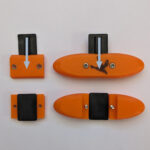
- Place the rear riser in its slot, on the rubber band. Close with the small tap with its rubber band.
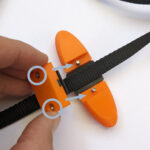
- Make sure the nuts on the other side are in place and screw both screws without tightening.
- Adjust the height/position of the handle.
- Check that the riser is only in contact with the rubberbands on both sides.

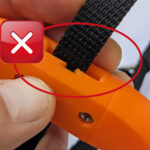
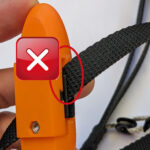
- Tighten the 2 screws to 5 N.m homogeneously: the same length of each screw must go through the nuts. Do not tighten too much, you could damage your riser! Without a torque wrench, tighten so that the riser will not slide in the handle during steering actions but no more.
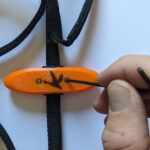
Safety
- The rear-riser handles are intended for experienced pilots already used to this type of steering.
- Setup checks:
- Correct tightening, not excessive (5 N.m).
- Tightening is homogeneous.
- Risers must only be in contact with the rubber bands.
- Additional pre-flight checks:
- No tangling with other lines.
- Correct mounting of the handles.
- Inspections every 100h or every year:
- Risers condition.
- It is recommended to untight the screws if you are storing the wing for a long period.
Rear steering
Steering with the rear-risers (instead of the brakes) is useful when you are using the speed-bar, to improve your glide ratio and speed in cross-country flights, etc.
In strong conditions it is aimed more at experienced pilots but it is good to familiarize yourself with it quickly during your progression.


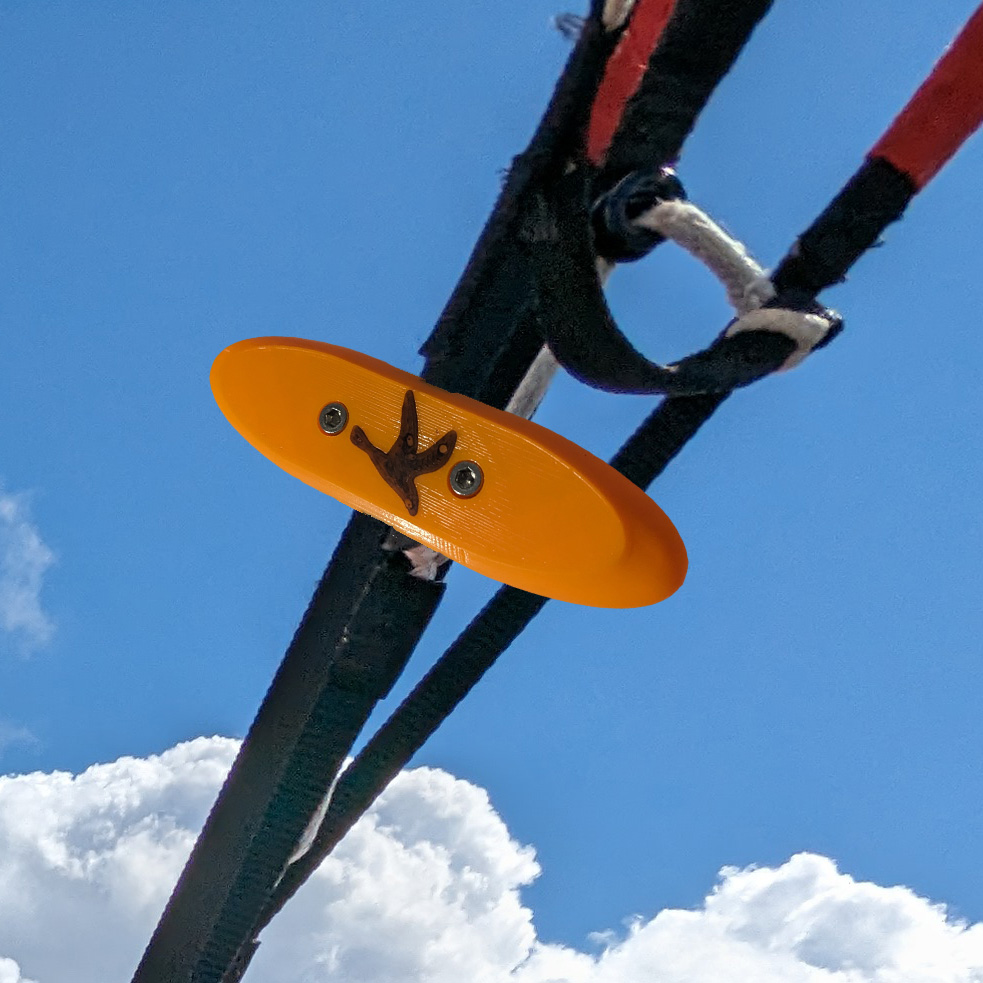
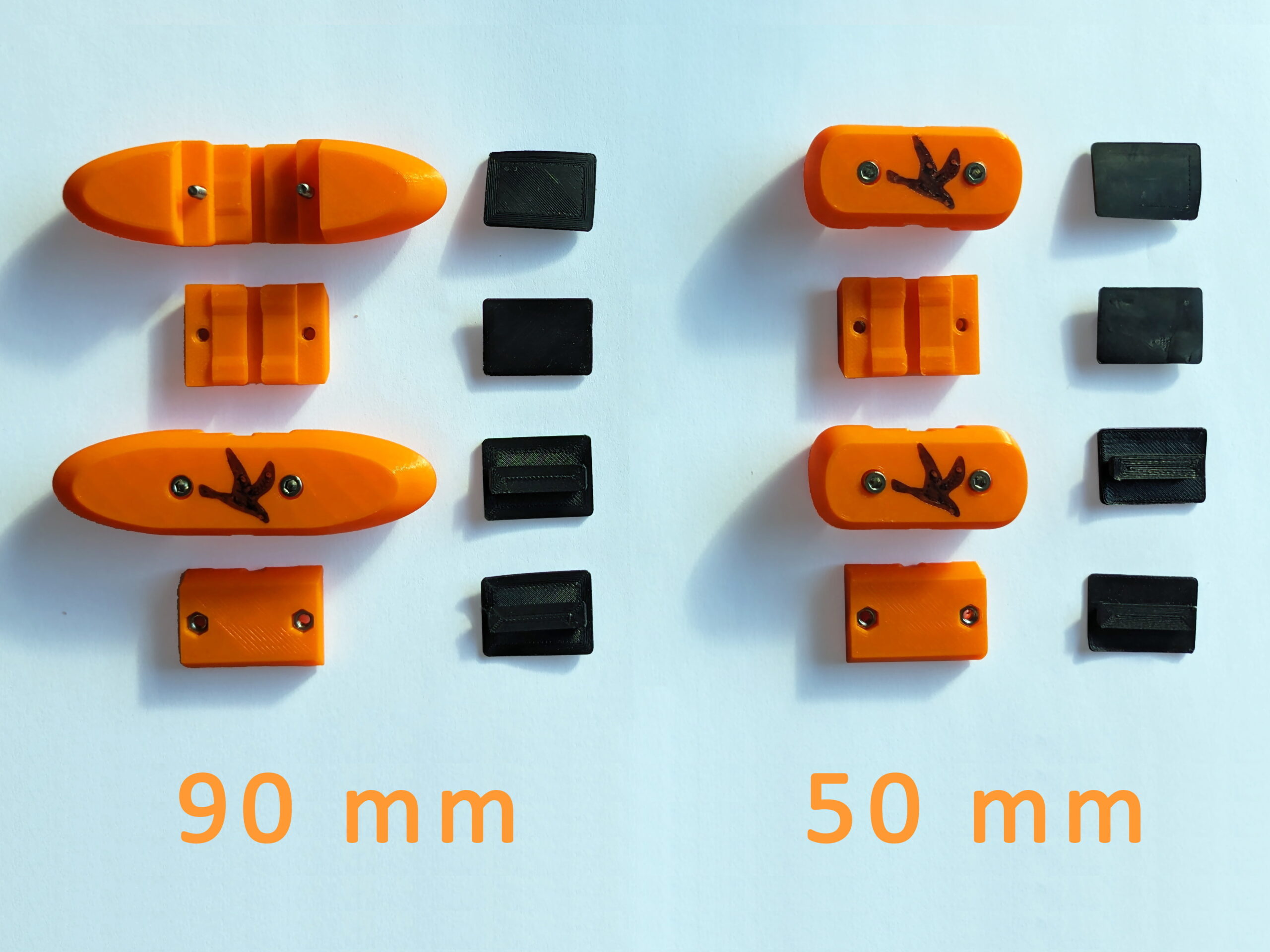

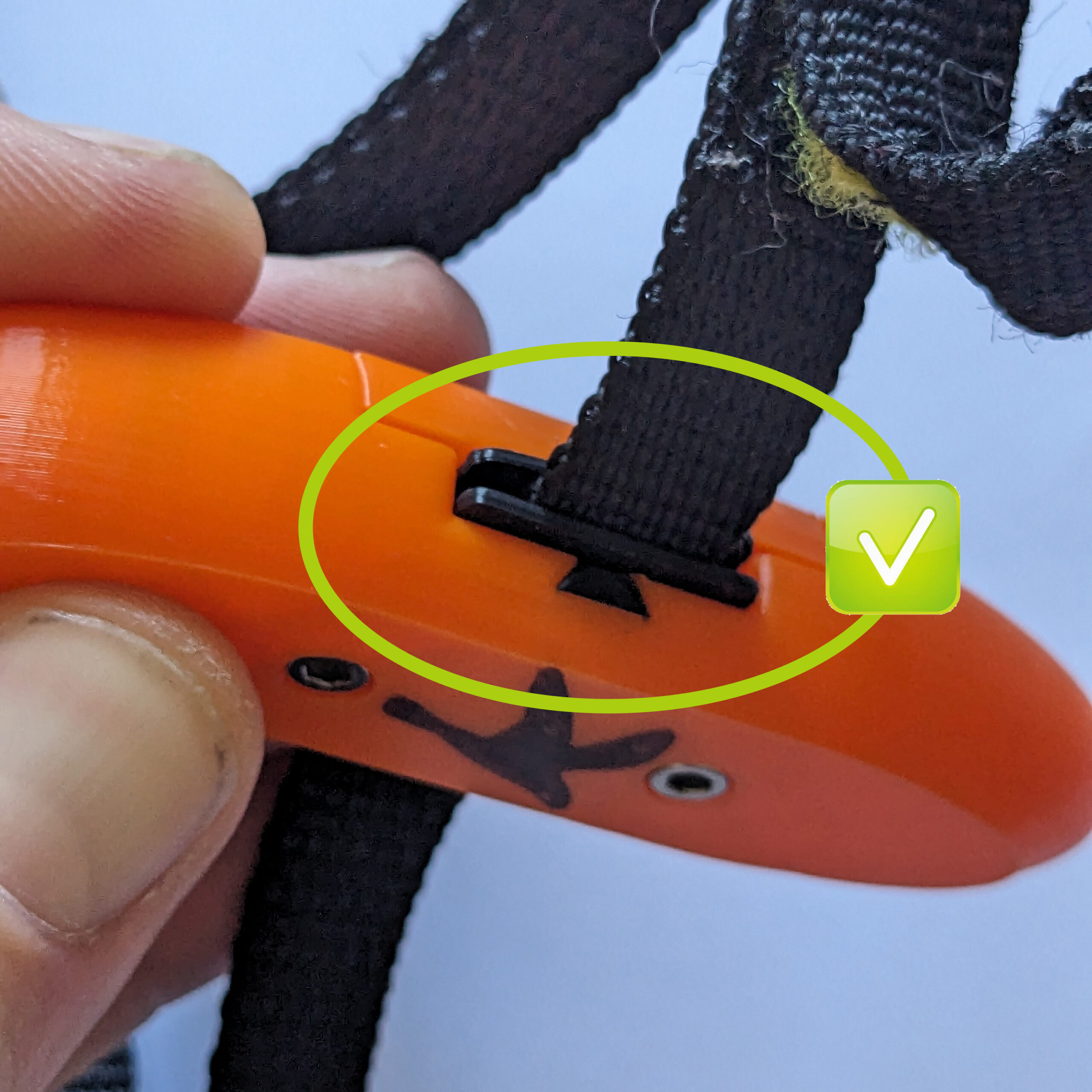
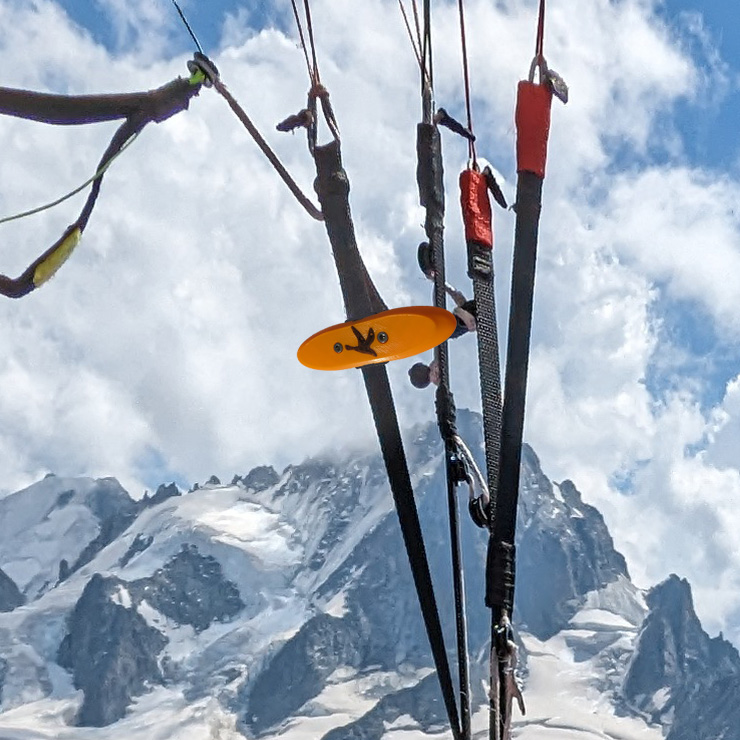
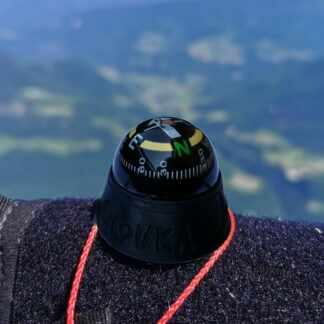
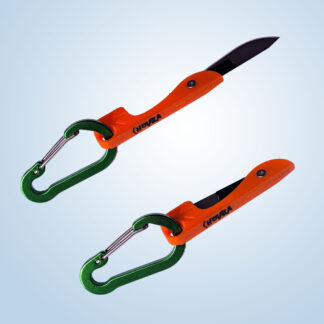
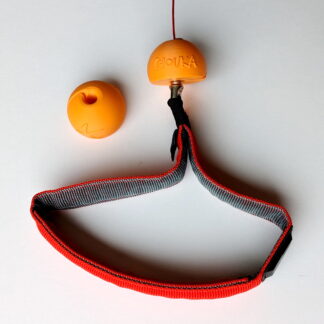
Anonymous (verified owner) –
Nice design, easy to install. I have now flown with them yet. I hope they won’t damage my risers. There were some sharp edges that I sanded down to make them smooth all over.